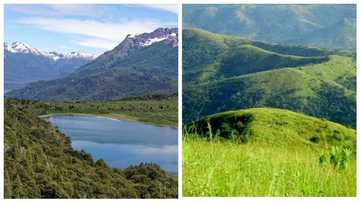History of Hausa traditional architecture
Each Nigerian tribe has unique cultural characteristics. They are noticeable in clothing, music, food, residential and public buildings. We invite you to get acquainted with history of Hausa traditional architecture.
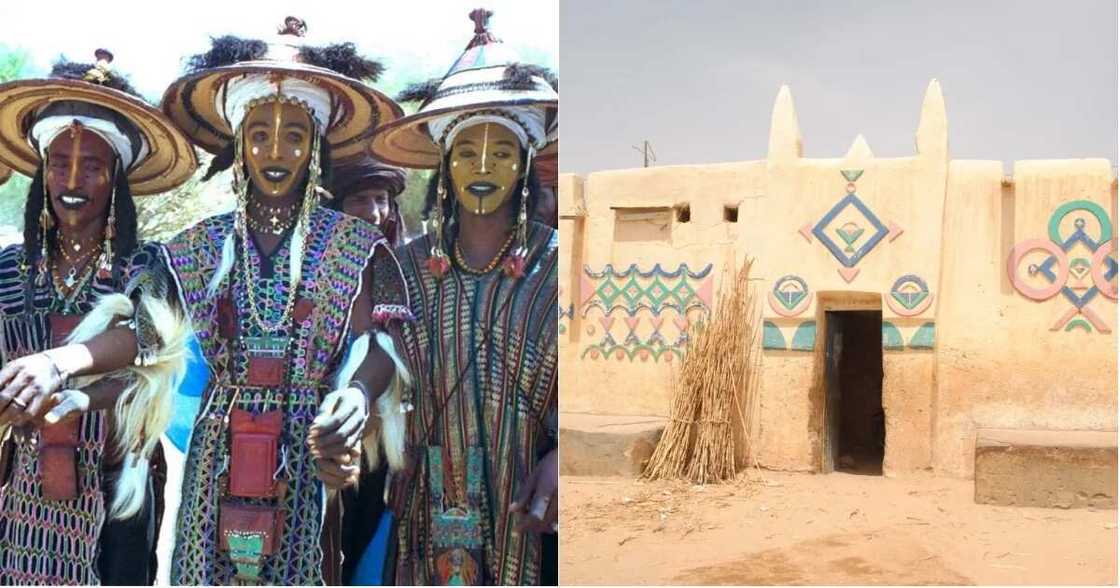
Climatic factors
In many aspects, the architectural features of the buildings of a certain tribe depend on the local climate. Housing must be sustainable and protect people from bad weather. On the territory of the Hausa tribe, a dusty cold wind is observed in October-March. Humidity is low enough. Between March and October, there is a damp wind. On hot days, people tend to hide in the shade.
All these factors explain not only the tendency of people to choose for clothing light fabrics less attracting the sun's rays. In addition, they build tall houses always to have the opportunity to stay in shaded areas. The walls are high so that the hot air rises to the ceiling. Heavy cool air, on the contrary, is lowered providing the residents' comfort.
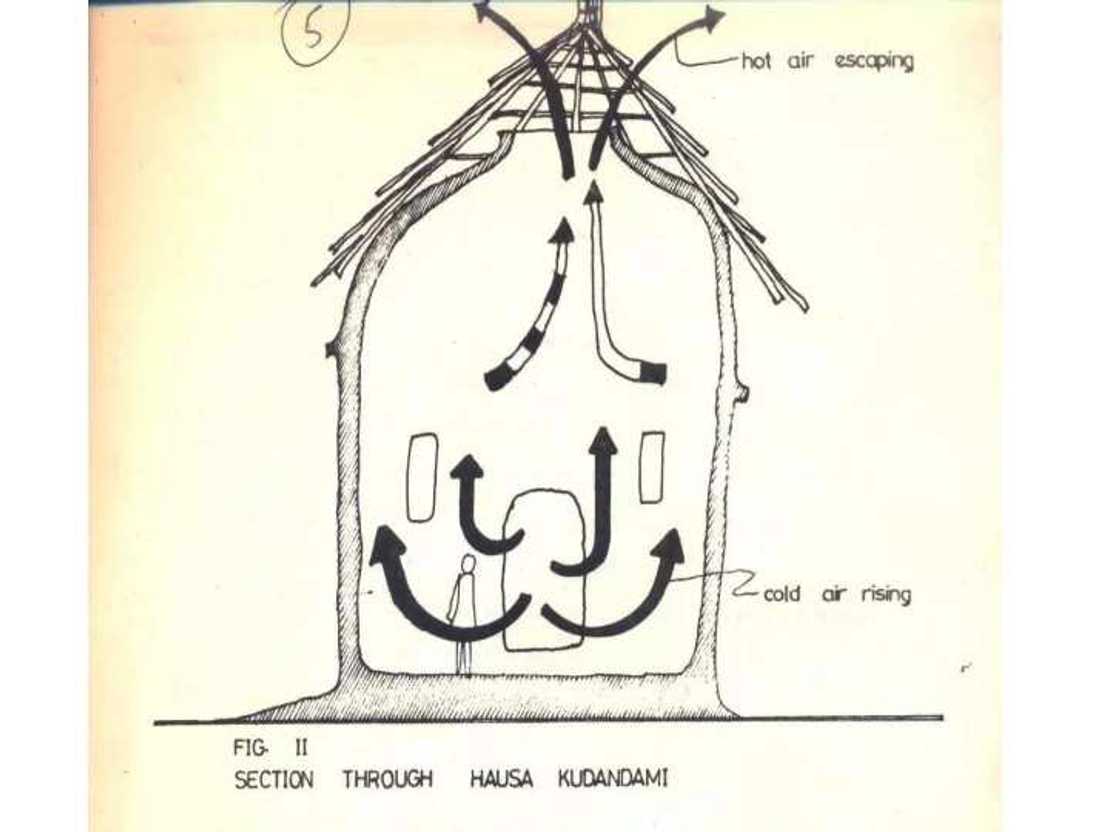
Sometimes the roofs are made flat to reflect a small amount of precipitation. In the areas where there are much more rainfalls, the roofs are domed. Water drains quickly from such a surface.
READ ALSO: Most beautiful and luxury mansions in Nigeria
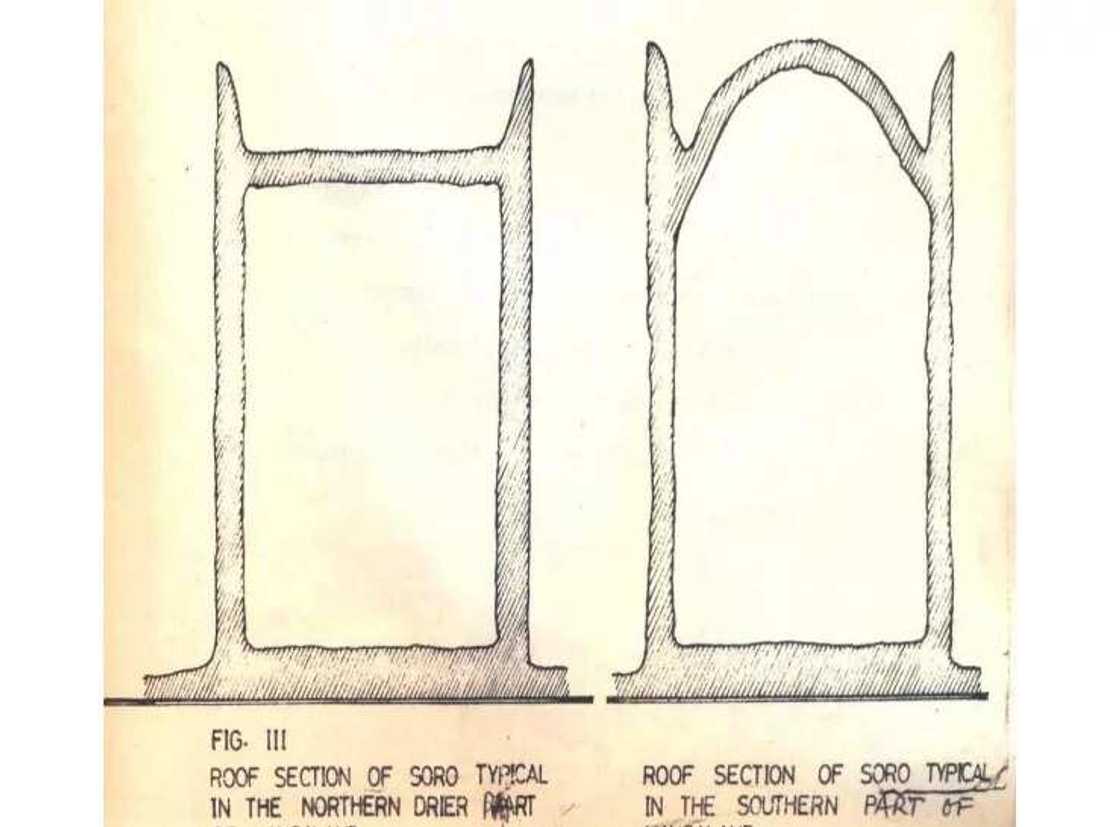
Religion in history of Hausa traditional architecture
If the previous factors were related solely to considerations of practicality, the following reasons are connected with spiritual realm:
- A sense of community plays an extremely important role for Hausa people. Therefore, they build round houses and live in large groups. These traditions were born long before the appearance of Islam on Nigerian land. The new religious trend only strengthened them.
- Hausa needed large areas for prayer, wedding celebrations, and funeral rituals. All this contributes to close communication between people.
- In addition, the peculiarities of architecture are influenced by the need for separation between women and men. The buildings in the yard are designed in such a way that it is possible to accommodate as many wives and children as possible and to provide space for everyone in the open air.
- A typical Hausa building consists of two parts. The inner zone is women restricted. The outer part is used for reception of man’s guests.
- In the external environment, there is often space for male dependents. Extended family settings are created for them.
- External reception rooms are needed not only to accommodate mourners and well-wishers. They also ensure the safety of the hosts. Their number indicates the social status of the owner of the house.
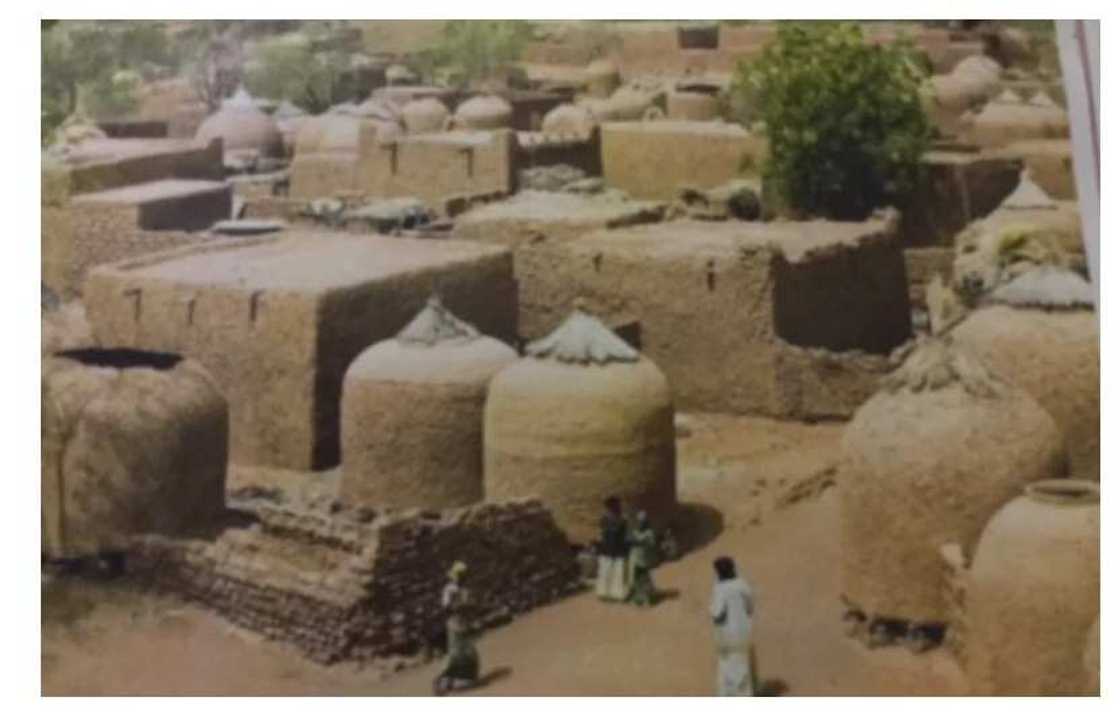
Hausa culture
It’s also important to take into account cultural factors. The structure of the Hausa family is dynamic. New members who need decent housing constantly appear in it. A small family can grow up to the so-called 'Gandu' group which may include the head of the family, his brother, their children, wives, parents and other relatives. Over time, children grow up and start marital life as part of a general group before separation.
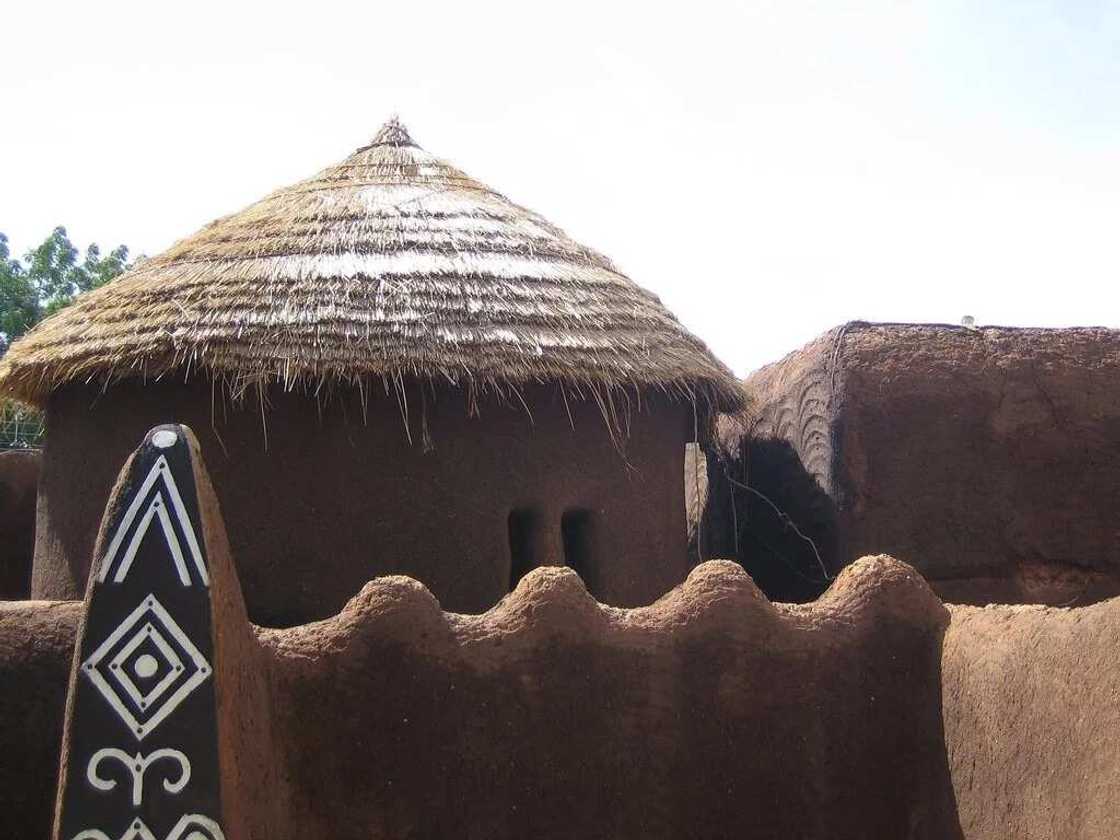
Family relationships dictate the order in accordance with which life passes inside the complex. The initial layout of the home may not meet the needs of new family members. Then the expansion should be performed. If this is not done, problems may arise in the family due to lack of space and material resources.
Hausa people always prefer to live closer to the main entrance from where the view to the east opens. Places with this potential have an increased value. In the evening, a shade appears in the courtyard providing a pleasant relaxation after a hot day.
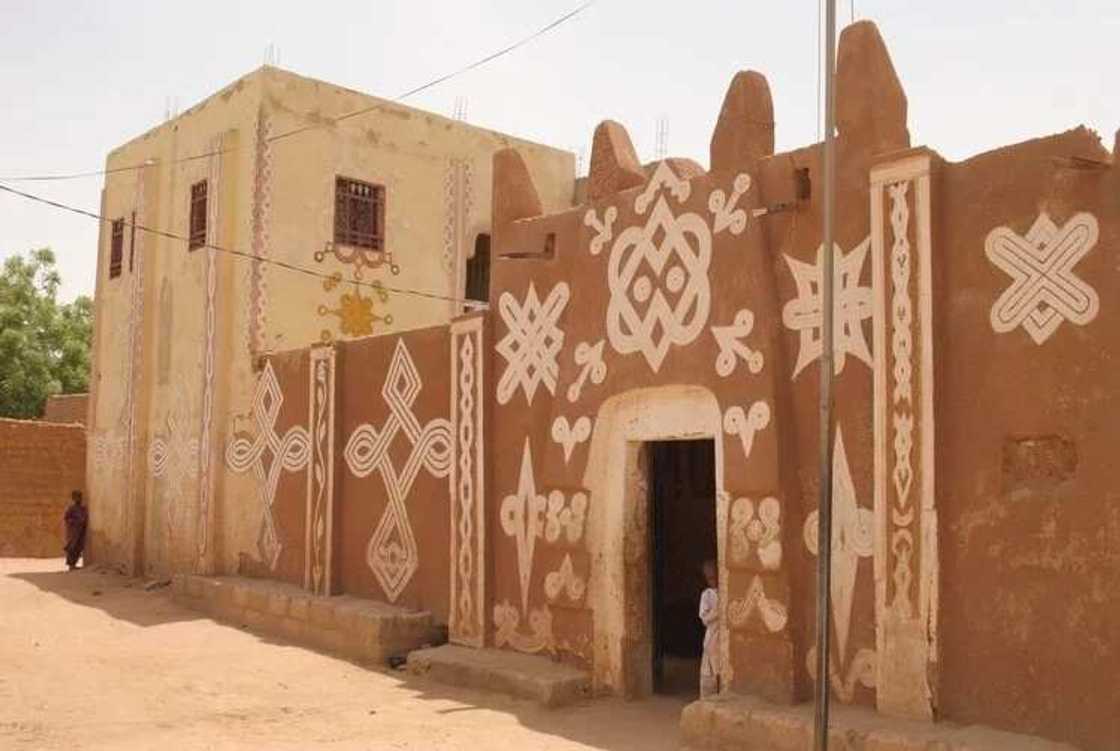
Let's talk more about the interior:
- An important feature of the entrance is the 'Dakali' which is considered the first level of hospitality.
- The next level is the 'Zaure' where the carpet is placed. Its size and quality indicate the financial situation of the owners.
- The head of the family has a unit called 'Turaka'. Typically, this is a living room or bedroom. The location of such premises is selected according to ruling and supervisory possibilities.
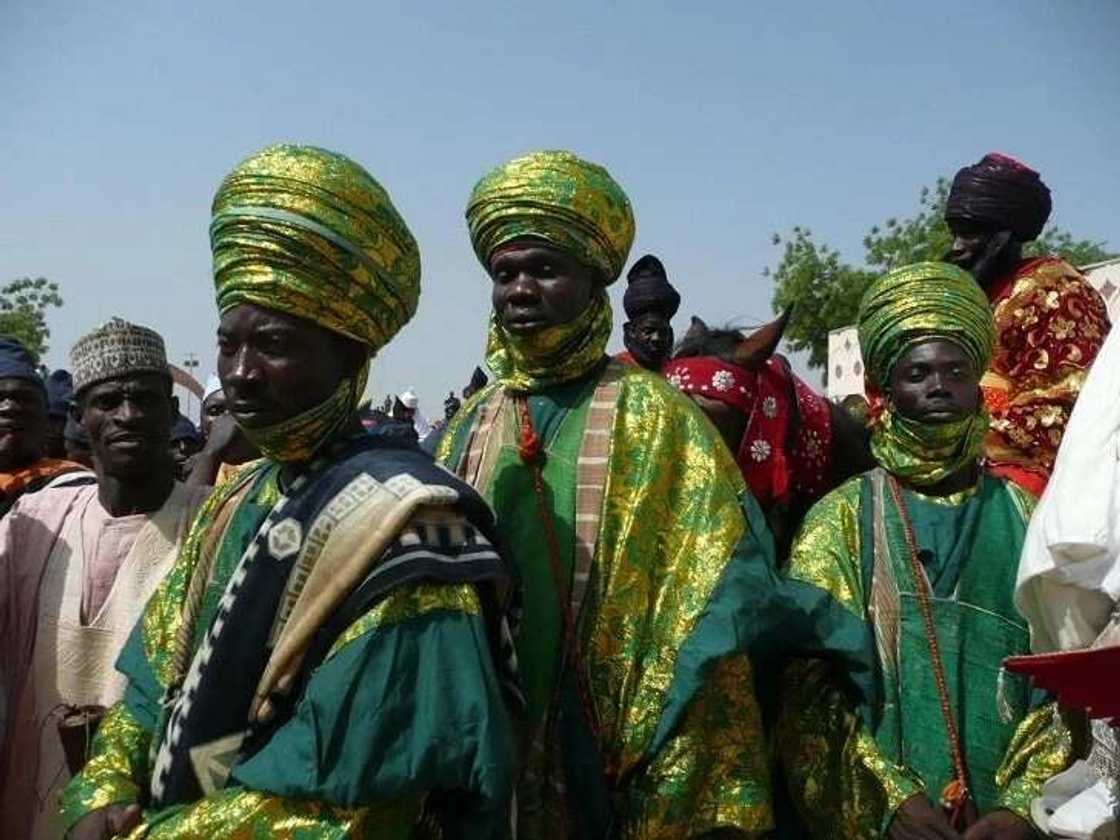
- The kitchen is located relatively far from the entrance. Often it is isolated to protect the house from a fire and to prevent heat transfer to neighboring rooms through walls. In addition, such a decision in architecture is due to the ingredients of Hausa food. Some of them exude a strong smell which one would like to avoid in the residing rooms.
- The toilet is called 'Bayan-Gida'. It is placed outside the house.
- The luxury and spaciousness of the premises for wives depend on the financial state of the husband. However, modest his budget, a man must provide a separate room for each wife.

- In addition, the house should have a common living room 'Rumfa'. Women can gather there or in the courtyard. This is a place for communication, joint games of children. Female relatives from husband's side and other ladies who can visit the wives are invited to the 'Rumfa'.
External influence
From the Middle East came the first innovative features on the basis of which the image of modern architecture in Nigeria was formed. Their examples can be seen in the Lebanese and Syrian neighborhoods. As a rule, these are symmetrical buildings with a porch. Hausa call such a design 'Kwatashi'.
On both sides are the toilet and bedrooms. The living room is placed in the center. The kitchen is at the rear. Sometimes there are external stairs.
These structures dominated the most modern options such as Fagge, Noman's Land, Hausawa, Yankaba, Gyadi-gyadi.
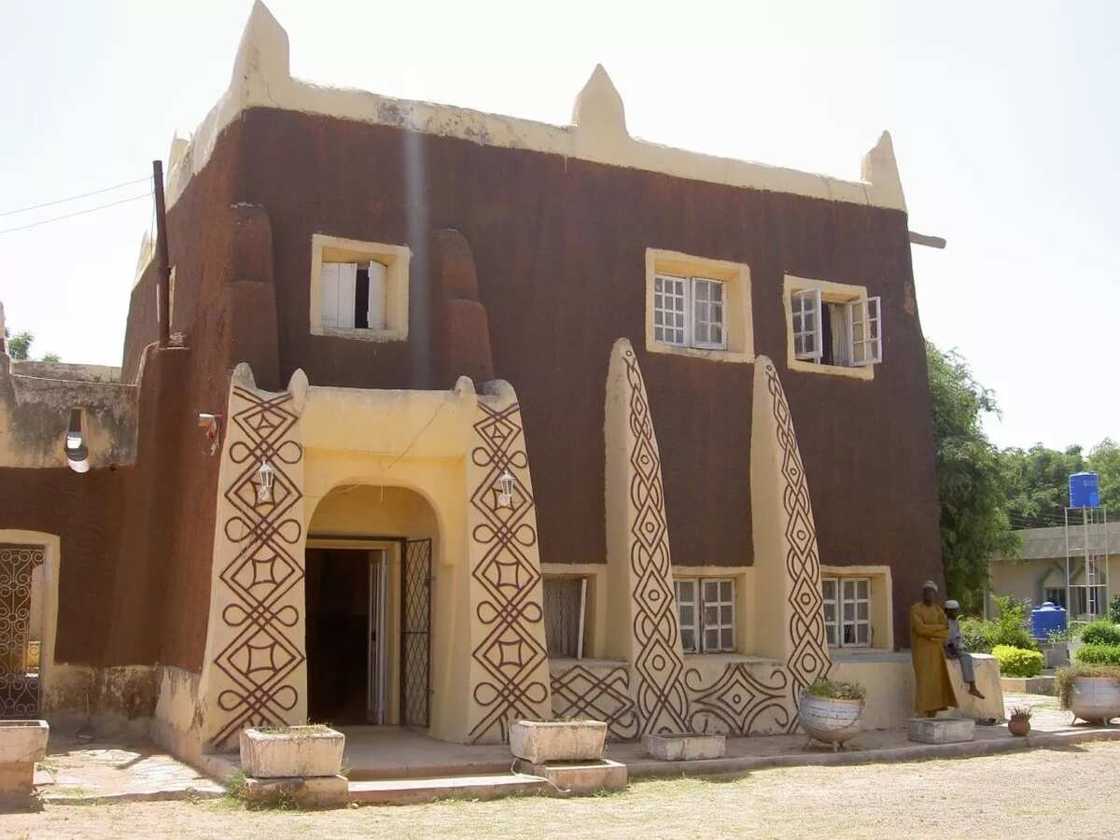
In a sense, it can be argued that a symmetrical approach has destroyed the initial architectural traditions. It contradicts the style of Hausa's life and gives modern planning monotonous military features.
The European style has become popular because many construction plans were created by colonial masters. They instilled wide doors and windows, small rooms, a chimney, a winter fireplace. Sometimes the kitchen even disposed in the corner of the living room.
The boundaries of large yards are marked with barbed wire and hedges. “Boys Quarters” are at the back.
The design of such house is provided for a family of no more than 4 people and completely contradicts Hausa's group life.
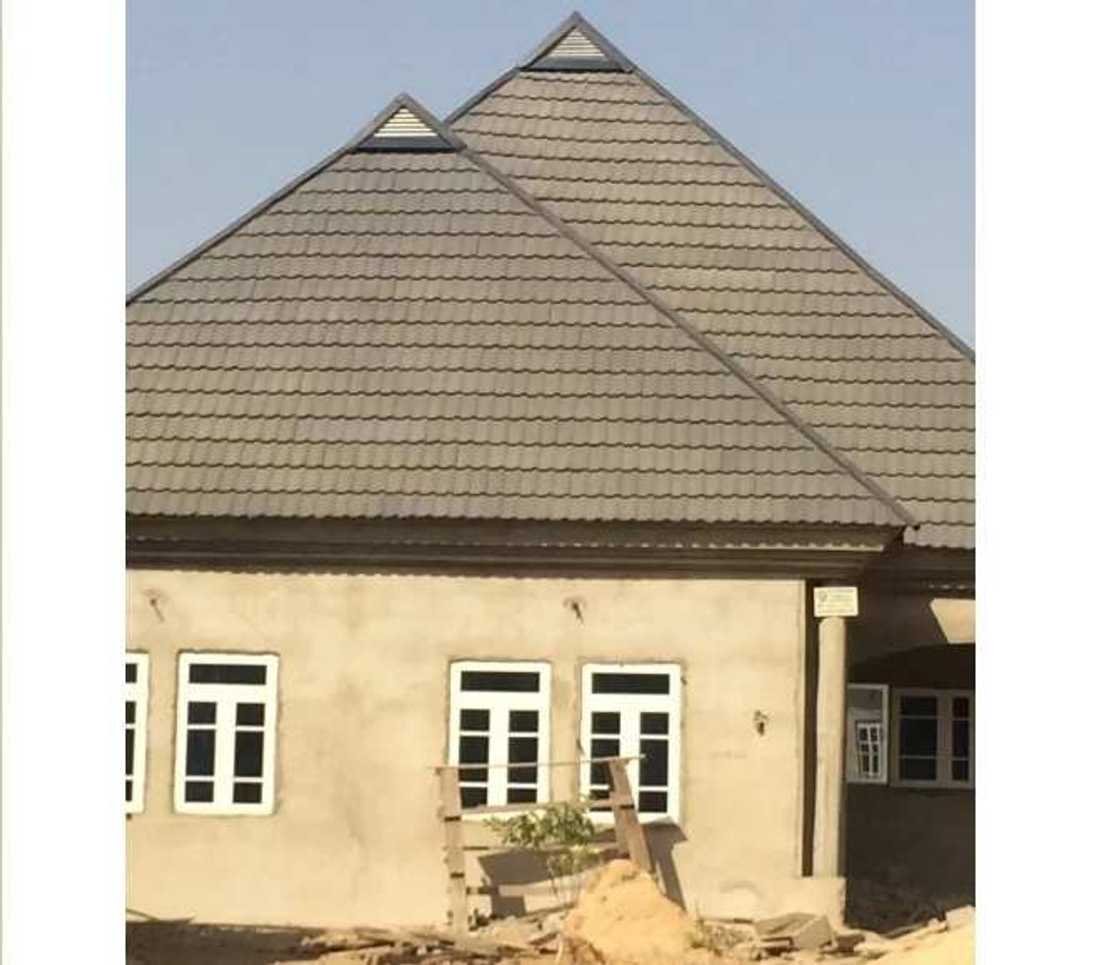
Representatives of the first generation of the Nigerian elite had to combine a traditional family structure with new architectural tendencies. They limited the size of their families and could live with a much smaller number of relatives.
Mothers were sent to "Boys Quarters". This is quite an unsuitable place because it created an unfavorable relationship of avoidance and shyness between mother and wife.
Guests came to the same living room where the family rested. In addition, the smell from the kitchen reached other rooms and caused discomfort.
Wide windows and doors were equipped with additional protection because the fence did not provide 100% safety against burglary.
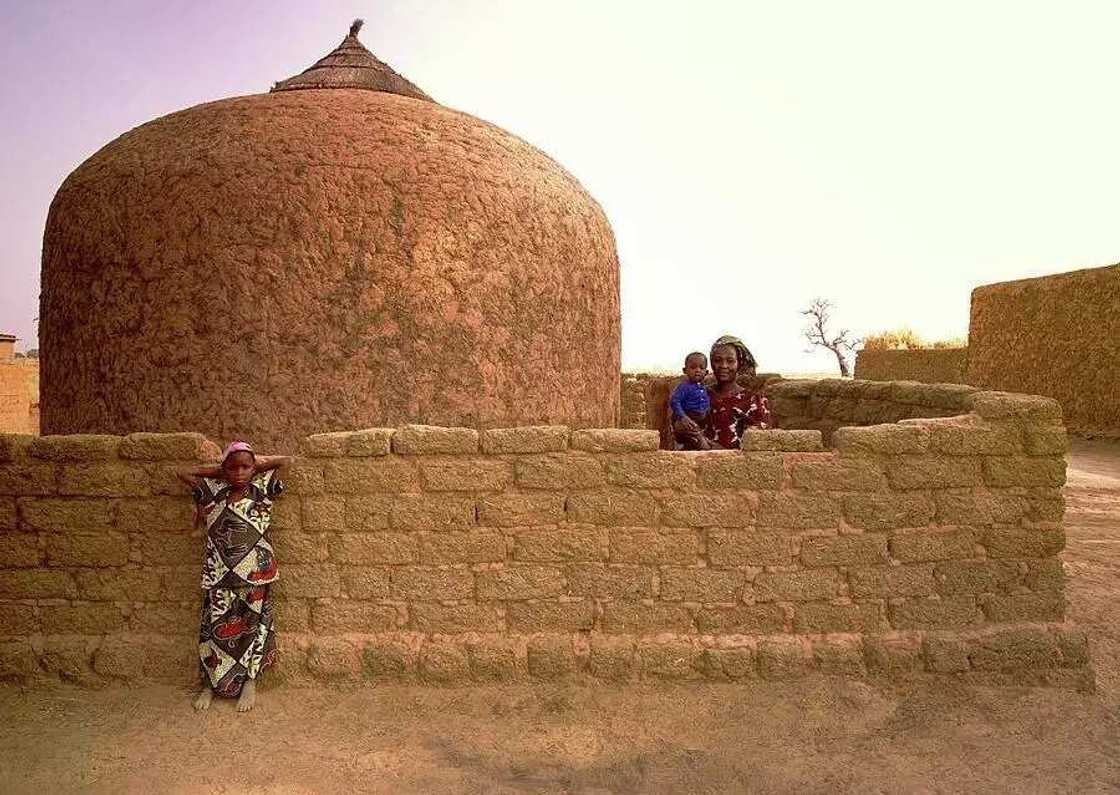
There was a need for conditioning because thin glazing let the outside heat to reach in.
Looking at the history of traditional Hausa architecture changing, one can conclude that in the last century this tribe lost the sense of community and closeness with relatives. Today few people know the names of the nearest neighbors. Children grow inside the boundaries of a small house, often stay in virtual reality and do not communicate with each other as it was before.
Funerals, weddings, and other ceremonies are held outside the house in separate objects intended for these purposes.
The new Hausa generation has become more individualistic and independent.

Nigeria has long been not a British colony, so local architects should take up the revival of traditions. Although such attempts really have been made in recent years. This happened due to sociological and historical research, the emergence of a large number of engineers and planners.
READ ALSO: How many tribes in Nigeria?
Source: Legit.ng



